UNIT 6: GEOGRAPHY OF EUROPE
INDEX
1. European Countries and their capitals.
1.2. Famous monuments of Europe.
2. Distribution of population.
3. The physical geography of Europe.
3.1. Mountains and plains
3.2. Rivers and lakes
3.3. Islands.
---------------------------------------Let's get started!---------------------------------------
1. European Countries and their capitals.
Use these links to revise the names, location and capital cities of European countries ( It's better if you use Internet Explorer to open these links. They don't work if you use Chrome)
https://mapasinteractivos.didactalia.net/comunidad/mapasflashinteractivos/recurso/paises-de-europa/4d575284-caef-4352-a22a-1a64e6c93337
http://www.toporopa.eu/es/paises_de_europa.html
http://www.toporopa.eu/es/capitales_de_europa.html
http://www.purposegames.com/game/countries-europe-quiz
http://online.seterra.net/en/vgp/3007
http://www.sheppardsoftware.com/Europe/Eur_GL_Caps_1024_768.html
http://www.sheppardsoftware.com/Europe/Eur_GL_1024_768.html
1.2. Famous monuments of Europe.
Thanks to Europe is an old continent, there are thousands of great monuments. Here you are some top ten list of monuments.
http://www.kidzworld.com/article/28412-monuments-in-europe
1. European Countries and their capitals.
1.2. Famous monuments of Europe.
2. Distribution of population.
3. The physical geography of Europe.
3.1. Mountains and plains
3.2. Rivers and lakes
3.3. Islands.
---------------------------------------Let's get started!---------------------------------------
1. European Countries and their capitals.
Use these links to revise the names, location and capital cities of European countries ( It's better if you use Internet Explorer to open these links. They don't work if you use Chrome)
https://mapasinteractivos.didactalia.net/comunidad/mapasflashinteractivos/recurso/paises-de-europa/4d575284-caef-4352-a22a-1a64e6c93337
http://www.toporopa.eu/es/paises_de_europa.html
http://www.toporopa.eu/es/capitales_de_europa.html
http://www.purposegames.com/game/countries-europe-quiz
http://online.seterra.net/en/vgp/3007
http://www.sheppardsoftware.com/Europe/Eur_GL_Caps_1024_768.html
http://www.sheppardsoftware.com/Europe/Eur_GL_1024_768.html
1.2. Famous monuments of Europe.
Thanks to Europe is an old continent, there are thousands of great monuments. Here you are some top ten list of monuments.
http://www.kidzworld.com/article/28412-monuments-in-europe
2. Distribution of population.
Look at the population graphs below and answer the questions:
1. What is the biggest group of population in the European Union?
2. What is the biggest group of population in Spain?
3. How many people of your age are there in the European Union?
4. How many people of your age are there in Spain?
5. How would you draw a population graph where there are more children than adults?
Read the sentences and answer. What type of migratory movement does each situation refer to?
internal migration // international immigration // international emigration
A) A person leaves his/her village and goes to the city to find a job.
B) A person leaves his/her country to go to another country to work.
C) A foreign person comes to Spain to work.
3. The physical geography of Europe.
3.1. Mountains and plains
3.2. Rivers and lakes
Rivers in English: http://www.toporopa.eu/en/rivers_of_europe.html
Rivers in Spanish: http://www.toporopa.eu/es/rios_de_europa.html
Lakes in English: http://www.toporopa.eu/en/lakes_of_europe.html
Lakes in Spanish: http://www.toporopa.eu/es/lagos_de_europa.html
3.3. Islands.
UNIT 5: THE EUROPEAN UNION
2. Distribution of population.
Look at the population graphs below and answer the questions:
1. What is the biggest group of population in the European Union?
2. What is the biggest group of population in Spain?
3. How many people of your age are there in the European Union?
4. How many people of your age are there in Spain?
5. How would you draw a population graph where there are more children than adults?
Read the sentences and answer. What type of migratory movement does each situation refer to?
internal migration // international immigration // international emigration
A) A person leaves his/her village and goes to the city to find a job.
B) A person leaves his/her country to go to another country to work.
C) A foreign person comes to Spain to work.
3. The physical geography of Europe.
3.1. Mountains and plains
3.2. Rivers and lakes
Rivers in English: http://www.toporopa.eu/en/rivers_of_europe.html
Rivers in Spanish: http://www.toporopa.eu/es/rios_de_europa.html
Lakes in English: http://www.toporopa.eu/en/lakes_of_europe.html
Lakes in Spanish: http://www.toporopa.eu/es/lagos_de_europa.html
3.3. Islands.
We start this unit by working on the members of the European Union. In the following link, there is a chart where all the countries and students are matched.
Click to see: Countries-students
There are 10 points to cover in your presentation:
Here you can see an example about Spain, the EU country where we live:
http://prezi.com/xbprp6xvk-s0/?utm_campaign=share&utm_medium=copy
And here, you can find some information about each country. It's a good starting point.
http://europa.eu/about-eu/countries/member-countries/
INDEX
1. The European Union. What is it?.
1.1: Members of the European Union
1.2: Difference between European Country and European Union member.
2. EU objectives.
2.1: Political objectives.
2.2.: Economic objectives
3. Symbols of the European Union
4.Institutions of the European Union
4.1: Council of the EU
4.2: European Parliament
4.3: Court of Justice
4.4: European Council
4.5: European Commission
4.6: European Court of Auditors
4.7: European Central Bank
4.8: European Court of Human Rights
5. The Euro
5.1. What is it?
5.2: Euro facts
5.3: Adopting the Euro.
5.4: A single market. How does it work?
6. The population of the European Union.
6.1: Ageing population.
----------------------------- Let's get started -------------------------------------------------
1. The European Union. What is it?.
1.1: Members of the European Union
1.2: Difference between European Country and European Union member.
Useful information:
https://www.saberespractico.com/estudios/paises-y-capitales-de-europa/
https://www.countries-ofthe-world.com/capitals-of-europe.html
http://www.oddizzi.com/teachers/explore-the-world/places/europe/
Games of countries of Europe:
https://mapasinteractivos.didactalia.net/comunidad/mapasflashinteractivos/recurso/paises-de-europa/4d575284-caef-4352-a22a-1a64e6c93337
http://www.toporopa.eu/es/paises_de_europa.html
http://www.toporopa.eu/es/capitales_de_europa.html
These two links are great to complete your investigations.
Have a look!
http://www.sheppardsoftware.com/Europe/Eur_GL_Caps_1024_768.html
http://www.sheppardsoftware.com/Europe/Eur_GL_1024_768.html
3. EU symbols: flag, anthem and coin.
Click to see: Countries-students
There are 10 points to cover in your presentation:
- Location and borders
- Capital City
- Population
- Tourist destinations
- Language
- Climate
- Geography
- Industries
- Traditions
- Typical dishes
Here you can see an example about Spain, the EU country where we live:
http://prezi.com/xbprp6xvk-s0/?utm_campaign=share&utm_medium=copy
And here, you can find some information about each country. It's a good starting point.
http://europa.eu/about-eu/countries/member-countries/
INDEX
1. The European Union. What is it?.
1.1: Members of the European Union
1.2: Difference between European Country and European Union member.
2. EU objectives.
2.1: Political objectives.
2.2.: Economic objectives
3. Symbols of the European Union
4.Institutions of the European Union
4.1: Council of the EU
4.2: European Parliament
4.3: Court of Justice
4.4: European Council
4.5: European Commission
4.6: European Court of Auditors
4.7: European Central Bank
4.8: European Court of Human Rights
5. The Euro
5.1. What is it?
5.2: Euro facts
5.3: Adopting the Euro.
5.4: A single market. How does it work?
6. The population of the European Union.
6.1: Ageing population.
----------------------------- Let's get started -------------------------------------------------
1. The European Union. What is it?.
1.1: Members of the European Union
1.2: Difference between European Country and European Union member.
Useful information:
https://www.saberespractico.com/estudios/paises-y-capitales-de-europa/
https://www.countries-ofthe-world.com/capitals-of-europe.html
http://www.oddizzi.com/teachers/explore-the-world/places/europe/
Games of countries of Europe:
https://mapasinteractivos.didactalia.net/comunidad/mapasflashinteractivos/recurso/paises-de-europa/4d575284-caef-4352-a22a-1a64e6c93337
http://www.toporopa.eu/es/paises_de_europa.html
http://www.toporopa.eu/es/capitales_de_europa.html
These two links are great to complete your investigations.
Have a look!
http://www.sheppardsoftware.com/Europe/Eur_GL_Caps_1024_768.html
http://www.sheppardsoftware.com/Europe/Eur_GL_1024_768.html
3. EU symbols: flag, anthem and coin.
Watch this funny and engaging version of the anthem:
UNIT 4: GEOGRAPHY OF SPAIN
Physical map:
Political map:
1. AUTONOMOUS COMMUNITIES
1.1: PROVINCES

1.2: Capital cities of the Autonomous Communities
2. THE PHYSICAL GEOGRAPHY OF SPAIN
2.1: Rivers

To begin with, here you are a very beautiful video which illustrates well what rivers are and why we should appreciate them.
Watch the video to know how rivers are formed.

There are three watersheds in Spain:
Eo, Navia, Narcea, Nalón, Sella, Besaya, Pas, Nervión, Deva y Bidasoa.
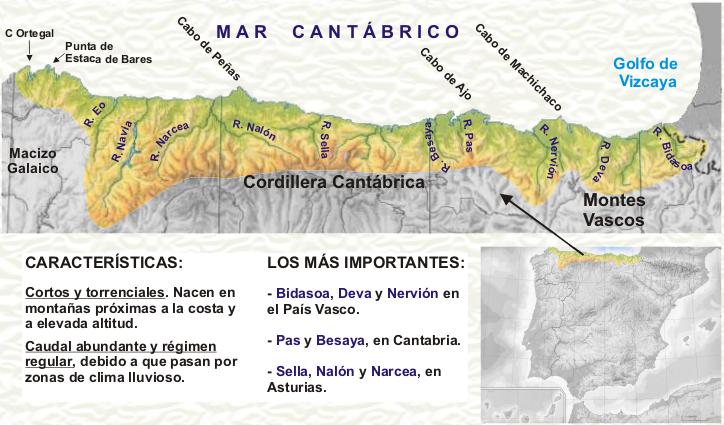
2. Atlantic watershed:
Miño, Duero, Tajo, Guadiana, Odiel, Tinto y Guadalquivir.

3. Mediterranean watershed:
Guadalhorce, Segura, Júcar, Turia, Mijares, Ebro, Llobregat y Ter.
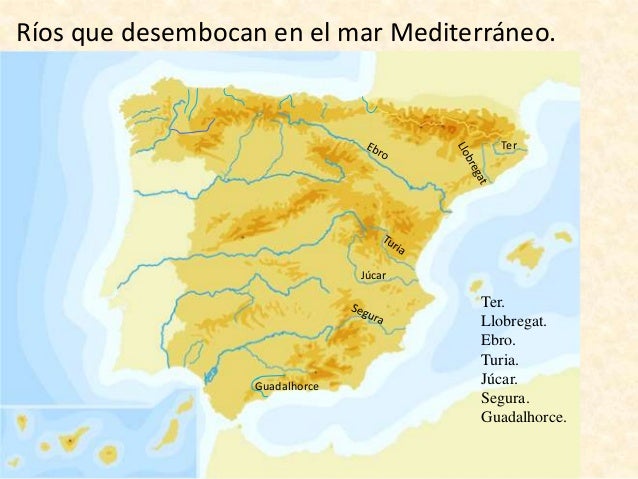
Some fun facts about rivers: http://www.sciencekids.co.nz/sciencefacts/earth/rivers.html
2.2: Mountains

Watch the video to know how mountains are formed.
Peaks of Spain:
Game 1:
http://www.educaplay.com/es/recursoseducativos/713700/picos_mas_altos_de_espana.htm
Some definitions of this unit.
GEOGRAPHY: it is the social science that deals with the study of territories and landscapes.
LANDSCAPE: all the visible elements of an area of land. Each landscape is made of differente elements. These elements can be natural (rivers, mountains, coastal features) or human-made.
INLAND LANDSCAPES: they are areas of land located in the interior of a country or region away from a sea.
COASTAL LANDSCAPE: it is a landscape by the sea.
RIVER: natural watercourse which flows towards an ocean or a sea. It could end in another river or in a lake.
TRIBUTARY: a stream of water (river) that flows to a larger stream.
Example: The Manzanares is a river in central Spain, right tributary of the Jarama,
which, in turn, is a tributary of the Tajo.

ESTUARY: that part of the mouth or lower course of a river in which the river meets the sea or the ocean.
MOUNTAIN: an area of land that rises very high above the land around it and that is higher than a hill. It has three main parts: the summit, the slopes and the foot.
PEAK: the pointed top of a mountain.

UNIT 3: SPAIN TODAY
1) THE CONSTITUTION
English text of the Spanish Constitution:
Click on the image if you want to see, read or listen to some parts of the Spanish Constitution in English.
Symbols of Spain: its flag, its coat of arms and it anthem.
Organisation of Spain and its territory:
17 Autonomous Communities, 2 Autonomous Cities and 52 provinces.
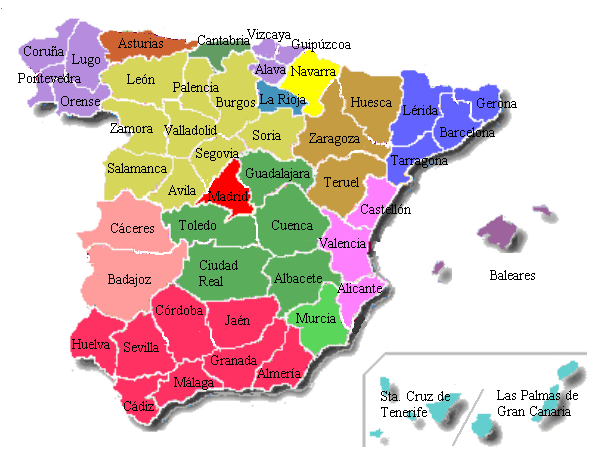
2) THE STATE
1) LEGISLATIVE POWER: It's bicameral. The lower chamber is the Congress of Deputies and the upper chamber is the Senate.
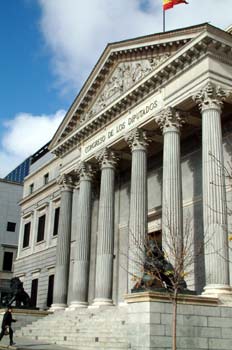
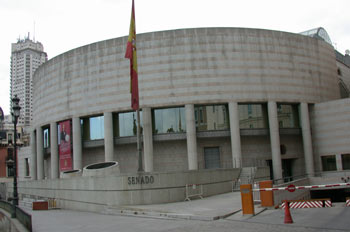
Website of the Spanish's Congress of Deputies:
Website of the Spanish's Senate: http://www.senado.es/web/index.html
2) EXECUTIVE POWER:
Government: Made up by the Prime Minister and the Ministers.
Website of the Spanish's Government: http://www.lamoncloa.gob.es/Paginas/index.aspx
3) JUDICIAL POWER: it ensures the laws are obeyed.
Website of the Spanish Supreme Court:
http://www.poderjudicial.es/cgpj/es/Poder_Judicial/Tribunal_Supremo
Website of the Spanish Constitutional Court:
http://www.tribunalconstitucional.es/es/Paginas/Home.aspx
Website of the Spanish's Government: http://www.lamoncloa.gob.es/Paginas/index.aspx
3) JUDICIAL POWER: it ensures the laws are obeyed.
Website of the Spanish Supreme Court:
http://www.poderjudicial.es/cgpj/es/Poder_Judicial/Tribunal_Supremo
Website of the Spanish Constitutional Court:
http://www.tribunalconstitucional.es/es/Paginas/Home.aspx
And that's the end of Unit 3.
Repaso rápido a la historia previa.

UNIT 1: MODERN SPAIN I
1) Revolution and changes in SpainAbsolute monarchy: the monarch (king or queen) rules
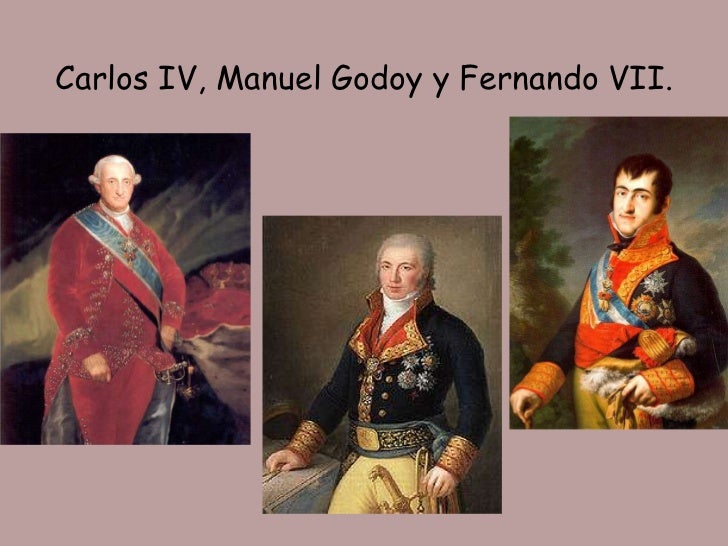
2) The reigns of Fernando VII and Isabel II
The reign of Fernando VII can be divided in three periods.
His daugther, Isabel II, brought the Parliamentary monarchy to Spain.
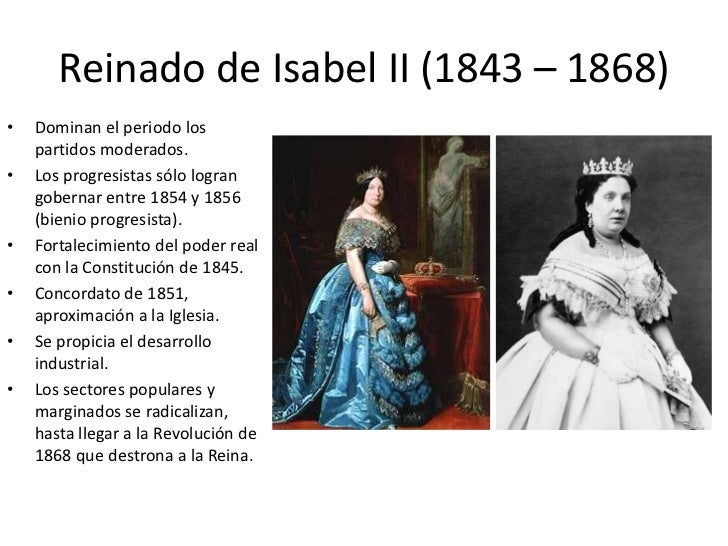
3) Social changes and labour movement
4) Culture: a reflection of the times.
Goya's paintings
You can visit Prado Museum in Madrid and watch it.
UNIT 2: MODERN SPAIN II
Look at the timeline: http://cms.bilingualbyme.com/resources/download/a06ad-10-12-poster_spanish-history-timeline.pdf
What happened before?
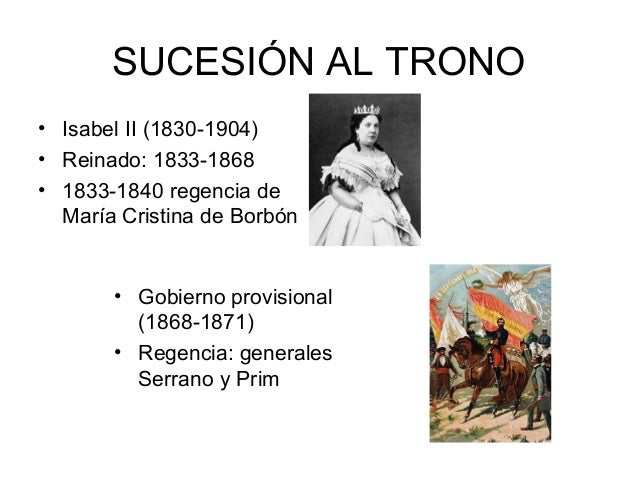
1) Years of political instability.
1870-1873: Reign of Amadeo I de Saboya.
1873-1874: First Republic
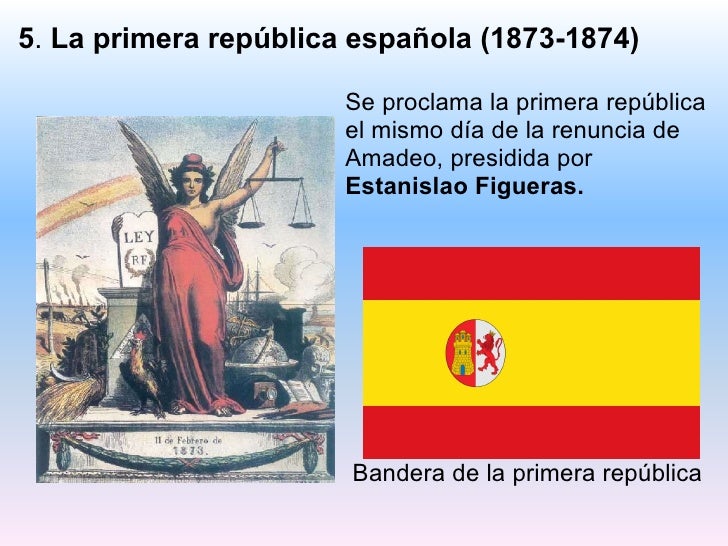
1875-1923: The Restoration of monarchy
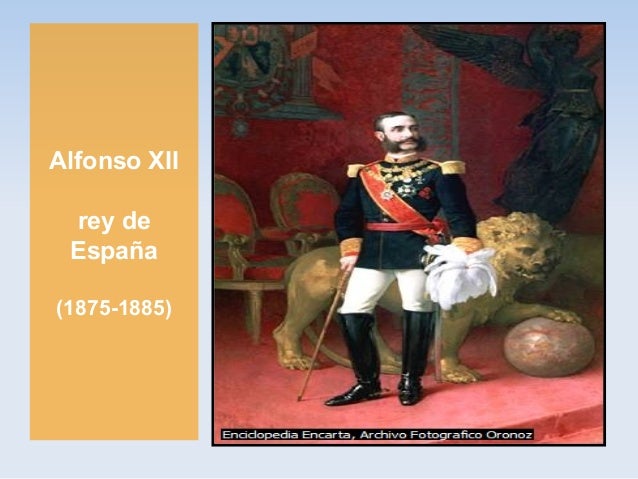
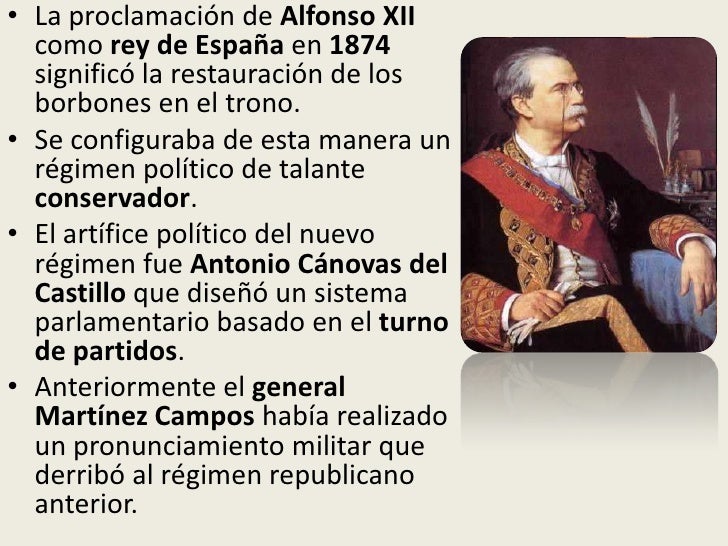
2) From Alfonso XII to the Second Republic.

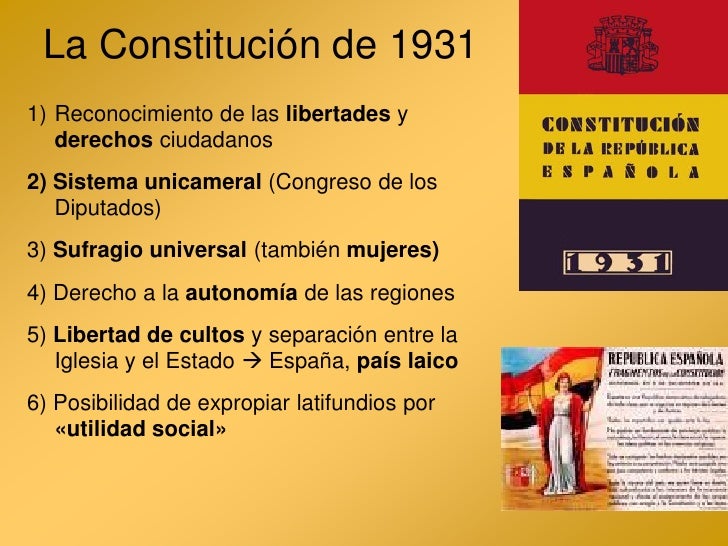
3) The Civil War.

4) From dictatorship to democracy.
Franco Dictatorship
Transition to Democracy

A summary of what happened in the 20th century in Spain:
5) History through the Art
Benito Pérez Galdós wrote "Los Episodios Nacionales". They are are a collection of forty-six historical novels written b between 1872 and 1912. They are fictional stories within historical events.


Salvador Dalí was a painter of surrealistic paintings.



Pablo Picasso
Blue Period: affected by the death of a friend, he painted scenes of poverty and isolation.

El guitarrista ciego
Rose period: He was happier and he painted scenes from the circus.

Arlequín con un vaso
Cubism: in Cubist artwork, objects are analyzed, broken up and reassembled in an abstracted form.

Las señoritas de Avignon - 1907

Muchacha con mandolina - 1910
And Picasso's Masterpiece:
Guernica - 1937
Guernica's painting of Pablo Picasso is in Madrid, you can visit it!
http://www.museoreinasofia.es/coleccion/obra/guernica










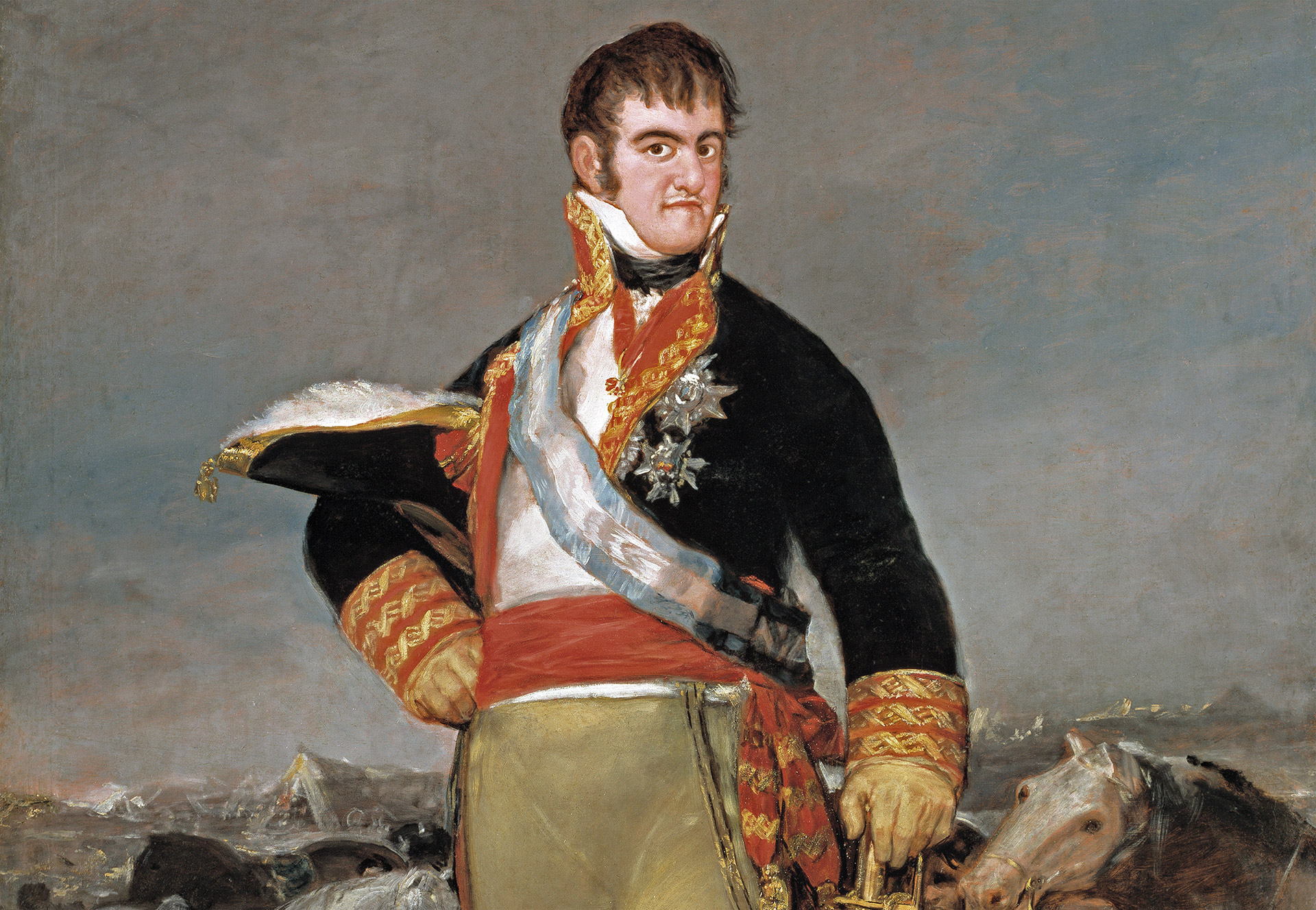



Cristina Like me the video of the labor movement
ResponderEliminarJorge of the new 6B
Thank you Jorge! I hope it is useful! See you tomorrow! :)
EliminarBuenas tardes profe estamos estudiando social
ResponderEliminarREYNA , AURIKA , MARCOS , BRYAN Y ALICIA
Yo no lo entiendo muy bien REYNA
What great students you are!!!! Apuntad todas las dudas y mañana en clase las aclaramos. :*
EliminarCristina el domingo voy al ministerio de economia y hacienda.
ResponderEliminarMarcos
Wow! On Monday you can tell us what you did there! Say Hello to De Guindos Minister :)
Eliminarhola cristina soy adam ya hice los juegos para el examen me ha gustado mucho gracias
Eliminarhello I'm enrique I'm studing social science the provencies ,have you got a game of the mountains or rivers??
ResponderEliminarHi Enrique!
ResponderEliminarYes, If you scroll down you will find games in every section we studied. Just in case you don't find them, here you are:
Rivers: http://serbal.pntic.mec.es/ealg0027/esparios1eb.html, http://serbal.pntic.mec.es/ealg0027/esparios2em.html (this is more difficult and it has rivers we didn't study)
Mountains: http://serbal.pntic.mec.es/ealg0027/esporog2e.html, http://serbal.pntic.mec.es/ealg0027/esporog1e.html
Peaks: http://www.educaplay.com/es/recursoseducativos/713700/picos_mas_altos_de_espana.htm
See you tomorrow!
PD: si sigues en blog hacia abajo encuentras todos estos recursos. Atento ;)
Hola profe soy Oliwia y estoy jugando a los juegos de los ríos y esas cosas.. Sirven mucho para estudiar y encima son muy divertidos. Gracias
ResponderEliminarOliwia
Hola profe cristina soy adam he repasado lo del email y lo de social por que me ha gustado el tema de social ahora estoy estudiando natural en el libro y lo del email ya lo he hecho y te lo he mandado gracias me ha gustado todo
ResponderEliminarHola profe aquí tienes el enlace de mi trabajo de social :
ResponderEliminarhttps://prezi.com/_1kwmt2gtdwl/edit/#4_95982358
Meri
Teacher sorry but my name does not appear in the table of countries
ResponderEliminarHELLO TEACHER I´M STADING INGLISH
ResponderEliminarHola profe soy Meri y gracias por poner juegos de las capitales de europa porque ayudan mucho ha estudiar.
ResponderEliminarhttps://prezi.com/f1l84ed8756e/italy/ Hola profe este es el trabajo de social
ResponderEliminarSalomé
Cristina al final todo ha sido un mal entendido.
ResponderEliminarMarcos
Hola Crista estado repasando ejercicios del blog como las capitales de la union europea y las capitales . Me gustan mucho los ejercicios que pones para que repasemos .
ResponderEliminarUn Saludo De MIGUEL.
teacher we have to study the lakes and islands??
ResponderEliminarYuliana
Cristina,when is the exam?
ResponderEliminarReyna
On Wednesday, Reyna. It's very easy, not be worried!
ResponderEliminar